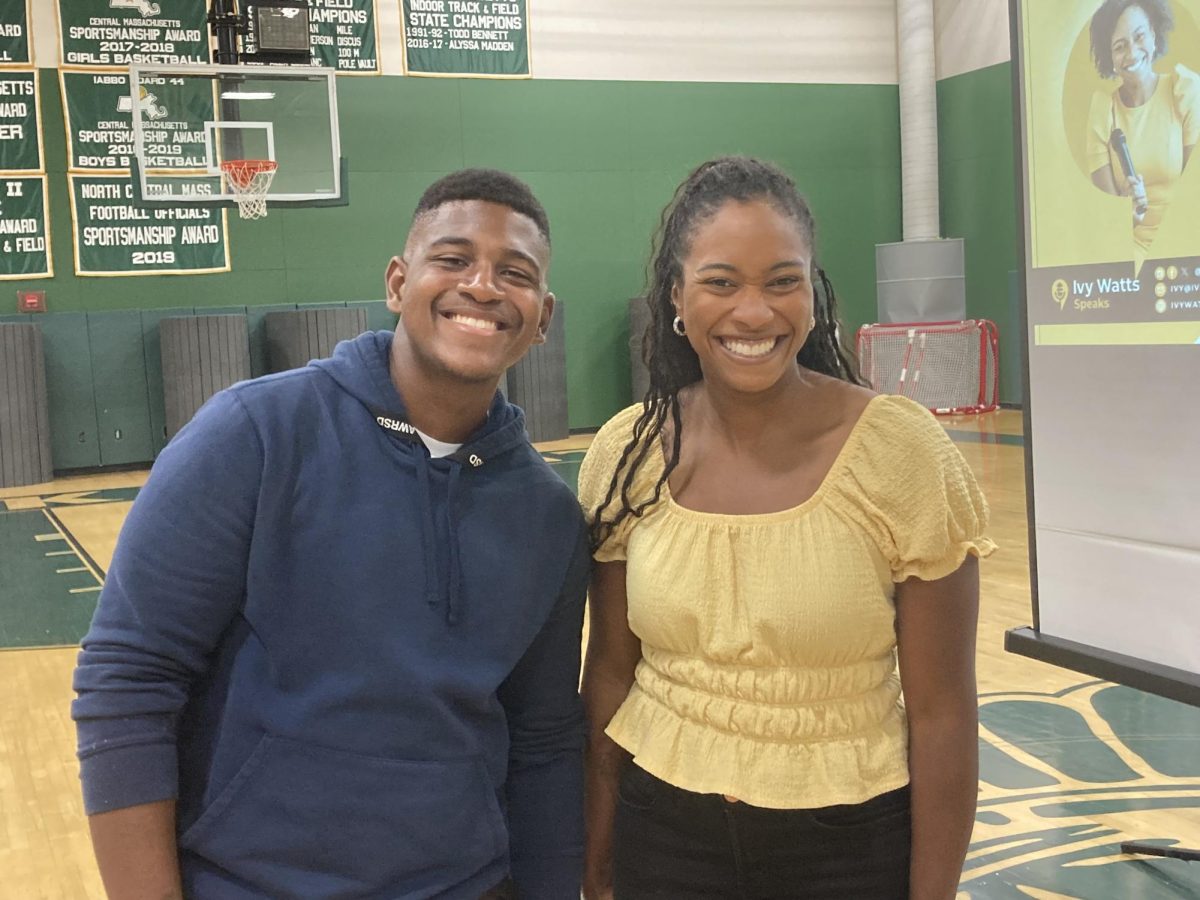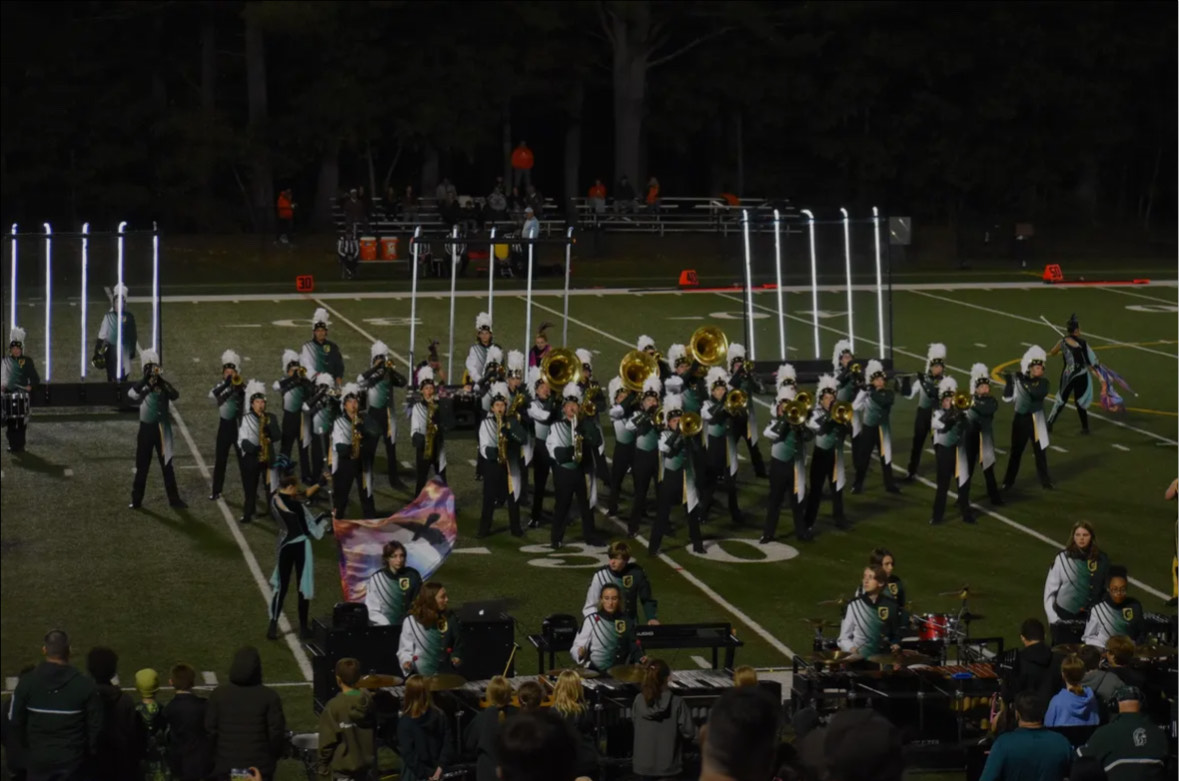Over the years there have been many great talents and musicians who have sadly passed away, whether from old age, drugs, violence, and sometimes unsolved. But, when musicians die their legacy doesn’t have to do with them. Oftentimes then not, musical artists often gain more success after their death than when they were alive. But what’s behind this posthumous spike? Why do music fans flock to the works of artists once they’re no longer here to create new music?
According to songstats.com, rap artist MF DOOM, who passed away in 2020, received 2,014,358 million followers the following months after his death. Which is an increase of 88%.
After an artist’s death, listeners often experience a sense of nostalgia or curiosity about their music. While some might be lifelong fans who rediscover their favorite tracks, others may be drawn in by media coverage or tributes surrounding the artist’s passing. “When an artist dies, it serves as a reminder of their legacy, often sparking renewed interest in their work,” says OTV member, Tyler Martin. “For some, it’s a way to pay homage or engage with an artist they never explored when they were alive.”
This huge influx of listeners come usually because they’re grieving the loss, including not just everyday people but celebrities, who have bigtime influences, speaking out about the deaths of their favorites. Paying them respect and saying kind words. All of this talk stirs up their name and inflates their streaming numbers as everyone remembers the artist.
Streaming platforms also play a significant role in this posthumus. Services like Spotify, YouTube, and Apple Music rely heavily on algorithms that suggest trending content. Following an artist’s death, their music often surfaces in “memorial” playlists, features, and user-generated lists that are widely shared. For instance, Spotify saw a surge in streams for artists like Mac Miller and XXXTentacion following their untimely deaths, with many of their tracks charting in the top 10 after being less recognized before.
Media coverage also amplifies this posthumous surge. Tributes, documentaries, and viral social media content about an artist’s life can significantly drive up interest in their music. Fans not only seek out their favorite songs but also uncover lesser-known tracks that might not have been as widely appreciated before.
While posthumous success can provide a sense of immortality for artists, it also raises questions about how the music industry handles the legacies of deceased stars. Music artists are very mixed where some tell them they can release whatever after they die and others are like Tyler the Creator
Tyler the Creator put down in his contract that once he dies, his label will not be allowed to create or push out any music by him including demos or unfinished projects. At a show he said in light of songs being published after their death the context being he just played an unreleased song “Some of these are so good I can’t just let ’em sit on my hard drive,” Tyler told fans. “Because I have in my will that if I die, they can’t put no post album out. That’s gross, like, half ideas and some random feature on it from some person I didn’t like, no.”
In the end, whether driven by nostalgia, algorithmic recommendations, or mass media coverage, the surge in monthly listeners following an artist’s death is a reminder of the lasting impact of music and how it connects us across time – even when the artist is no longer here to share their music with us.





















